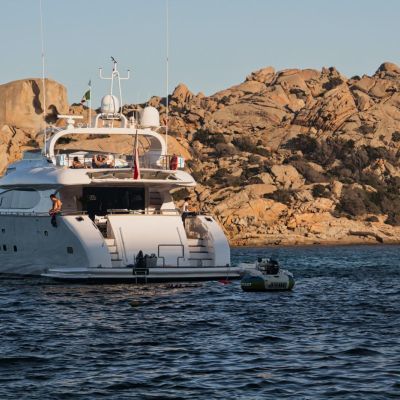Interview: Artist Neo Rauch
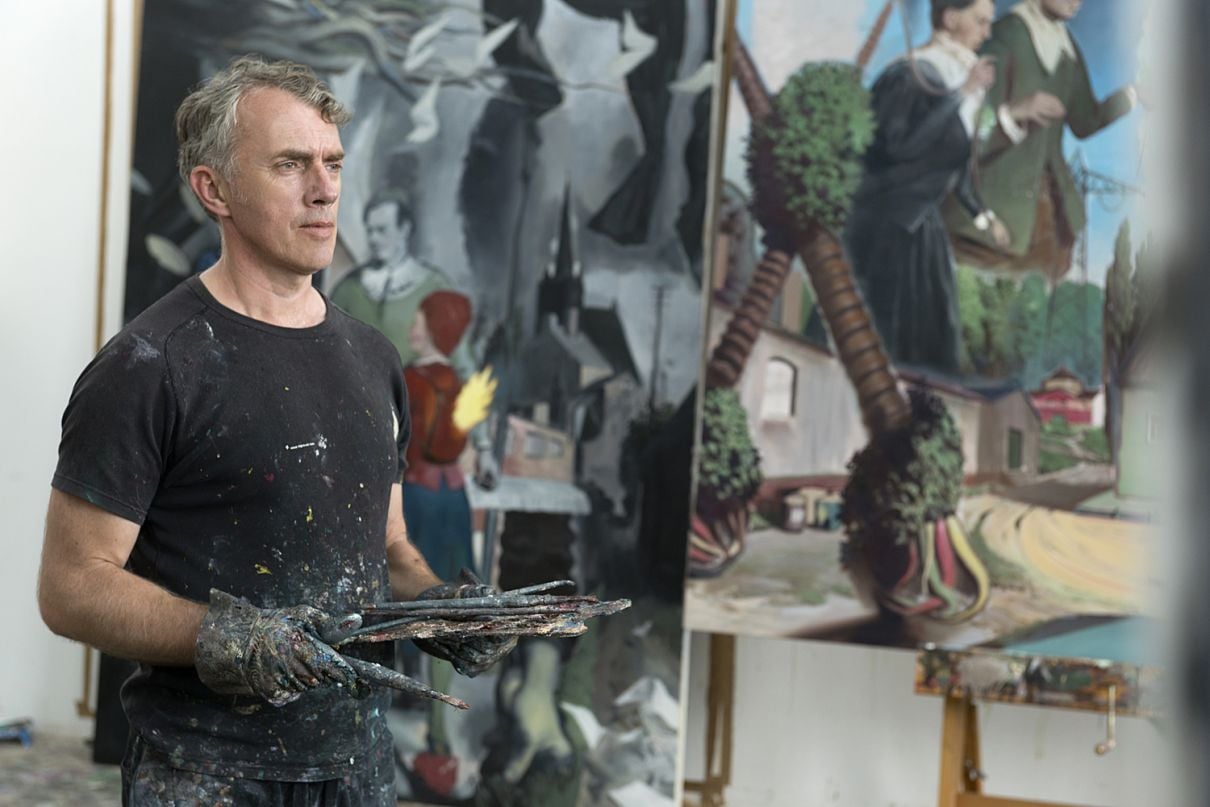
Neo Rauch may be one of Germany’s most successful contemporary artists, but he still suffers from a crisis of insecurity.
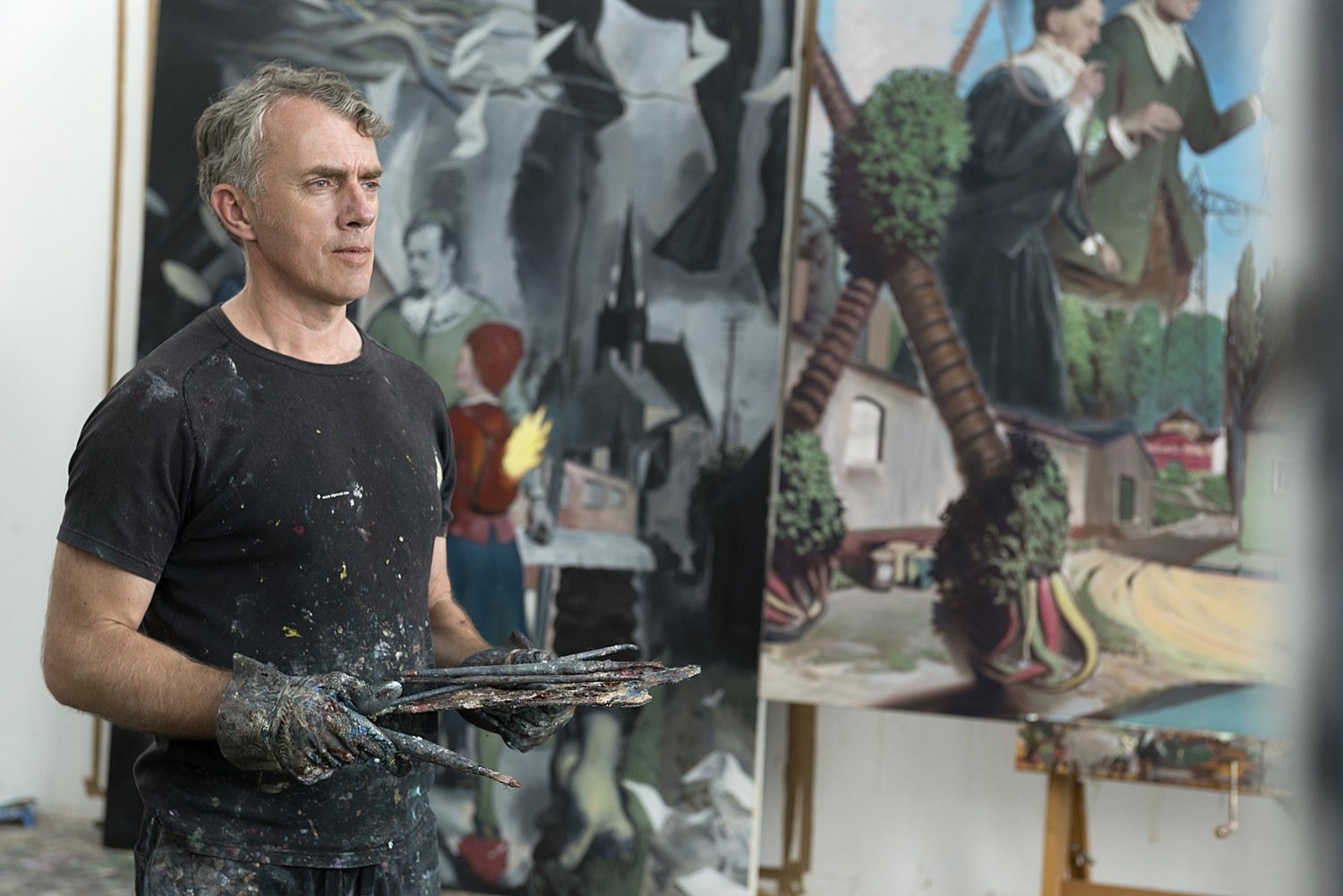
If you buy the work of a high-profile contemporary artist, perhaps a butterfly painting by Damien Hirst, one of Tracey Emin’s neon signs or a superflat canvas by Takashi Murakami, chances are that the work will have largely been made by studio assistants. The romantic notion of an artist physically producing work is often inaccurate in today’s money-driven art market, where sales last year peaked at US$67.4 billion.
This is nothing new — artists way back to the Renaissance have used helpers. Take Michelangelo, who employed a whole team to paint the ceiling of the Sistine Chapel.
But every now and then you meet an artist in the truest sense of the word, one who insists on painting every brushstroke themselves. One such artist is Neo Rauch, the German surrealist figurative painter, whom many would describe as a socialist realist, although he winces at being considered political.
“I try to avoid influences of politics, fashion, anything, in my work, I hate this way of misusing art,” he says during an interview at Hong Kong’s David Zwirner gallery. “My position is in the middle. For me, the only relevant measurement is quality and lack of quality. In this way I try to be timeless.”
Born in Leipzig, Rauch was orphaned at four weeks old when his parents were killed in a train crash in which 52 others died. His grandparents, who raised him, never sugar-coated the tragedy. Photos of his mother and father were displayed all over the house, along with their artwork (they were both art students in what was then East Germany). One of Rauch’s paintings shows his father cradling a baby-sized yet full-grown Rauch in his arms, while a grotesquely proportioned station master — perhaps like the one responsible for the disaster — looms over them in the background. It makes for uncomfortable viewing. Do his paintings represent a form of self-therapy, I wonder?
“It is therapeutic, although that was not my intention. If you are digging in yourself, concentrating on your inner world, you can come close to self-therapy. That’s what I’m doing. The other version would be surfing on the surface, concentrating on the expectations of the audience and curators,” he explains.
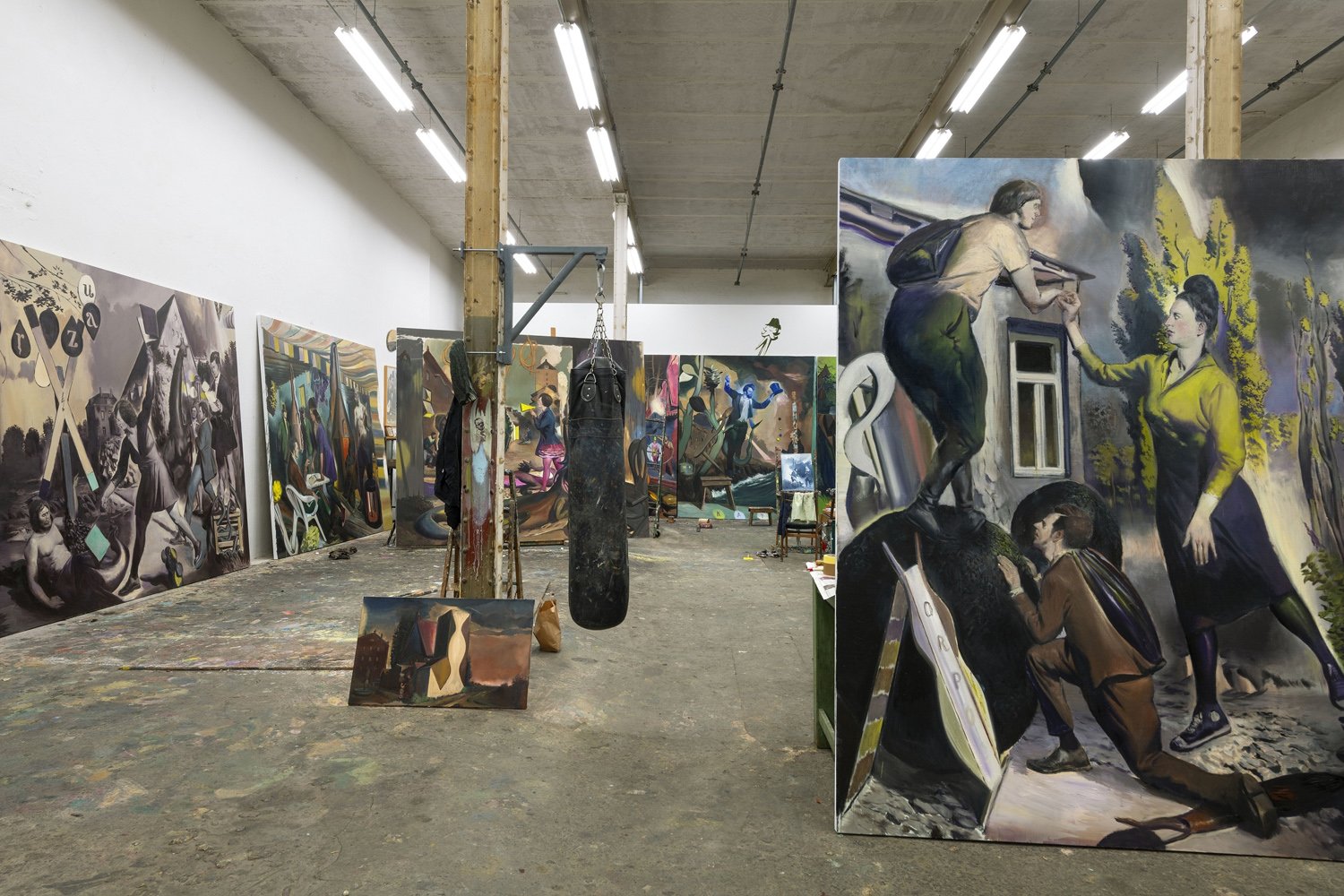
Rauch’s style defies definition. Simultaneously dark and colourful, surreal and realist, it feels like observing a stranger’s stream of consciousness. Figures in groups seem oblivious of each other, as though they are each sleepwalking through their own dream. In fact, Rauch’s painting recalls that feeling, upon waking, where fragments of a dream bubble up to the surface of your consciousness, strange and vivid yet indecipherable.
Watching him painting is a visceral experience. Wearing thick gloves to protect his hands from the turpentine, Rauch seems to wrestle with the figures he creates, variously stabbing, slashing, and caressing his brush on the canvas.
Rauch started painting seriously at the age of 21, inspired by an eclectic group of artists such as figurative painter Francis Bacon; surrealists Giorgio de Chirico and René Magritte; and Baroque painter Diego Velázquez. Perhaps surprisingly, he says his most important influence was Giotto, the late Medieval Florentine religious painter. “I was in Italy after the [Berlin] wall came down, and my first trip took me to Assisi [the UNESCO-protected Italian hill town famous for its Franciscan churches full of Giotto frescoes]. And that was an important moment because it brought me back to figurative painting. Until this moment I was in danger of becoming an abstract Sunday painter.” By that, he explains, there’s a certain way of abstract painting that anyone can do, using thick brush strokes and lots of colours. “At this turning point I became the artist I am”.
But today, Rauch’s inspiration comes from within, what he calls the inner pictures of his inner cinema. Before he begins a new work, to access this stream of subconscious, Rauch has a ritual. This takes place in his studio in Leipzig, a former spinning mill, which he cycles to each day. He works there alongside his wife, Rosa, who is also an artist and has taken on the role of his manager.
“I have to be concentrated. So, I sit in my chair, look at my canvas and sometimes my pug Smilla comes to sit on my knees. It’s a comfortable situation, I wait there for an hour or two, maybe a day, until it arrives.”
He describes “a white wall of fog”, a sort of meditation, which Rauch has to “reach in and grab and bring it to the surface”. Once he has captured a figure on the canvas, he has to encourage himself back into that state of meditation and bring out the next element. “But in earlier years it came much more often,” he laments. “And that makes me afraid to lose the well of inspiration.”
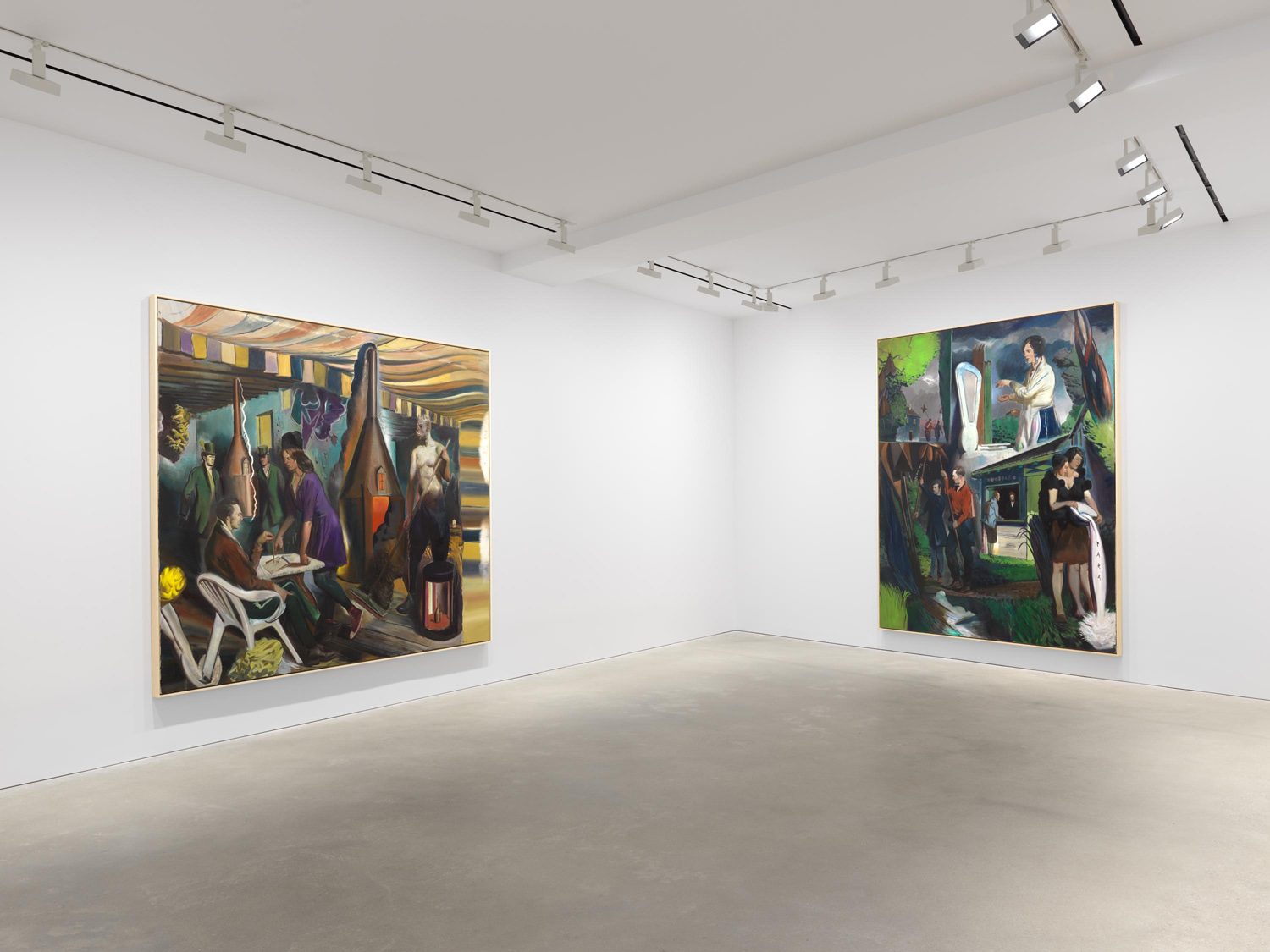
As one of Germany’s richest men, with an estimated fortune of over US$119 million as ranked by Manager Magazin in 2017, you would think Rauch is a man at the top of his game. His work has reached stratospheric prices, such as Platz, which sold at a Christie’s auction in 2014 for US$1.7 million. Rauch’s multi-award-winning paintings are viewed by billions in the world’s top museums: from LACMA to the Guggenheim to MOMA. Surely, he must be happy with the recognition?
But as his success grows, Rauch feels increasingly insecure. He worries that he is losing the muse that inspired him as a young man. In his younger days he could produce more than 20 large paintings a year, and that number has dwindled to 10-12.
“It takes longer and longer now, perhaps because I take it more seriously and I am more insecure about the steps. I feel insecure about my ability as a painter and my inspiration doesn’t always come,” he explains.
In a short film about Rauch’s work created by Nicola Graef, Rauch is pictured entering his studio, struggling under the weight of an enormous canvas. He jokes about not having any assistants, but the way he works, it would be impossible. For Rauch, the canvas is a personal necessity to capture another world, a parallel universe that he constantly fears is slipping through his fingers. Rauch says he has never experienced real pleasure, only a compulsion to paint, again and again, until he achieves his masterpiece. Perhaps, tragically, that internal struggle is essential to being the artist he is.
This article originally appeared in Billionaire's Art Issue, June 2019. To subscribe contact








